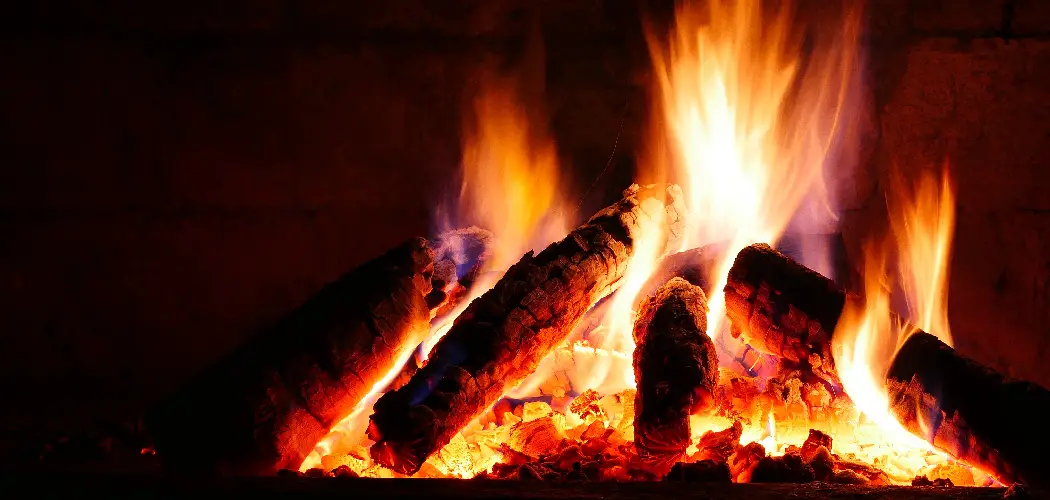A fire pit can be a great way to enjoy an outdoor gathering with friends and family. Fire pits provide warmth and ambiance and often serve as the centerpiece of an outdoor event. However, lighting logs in a fire pit is not always easy. It requires patience, preparation, and knowledge of the best fire methods.
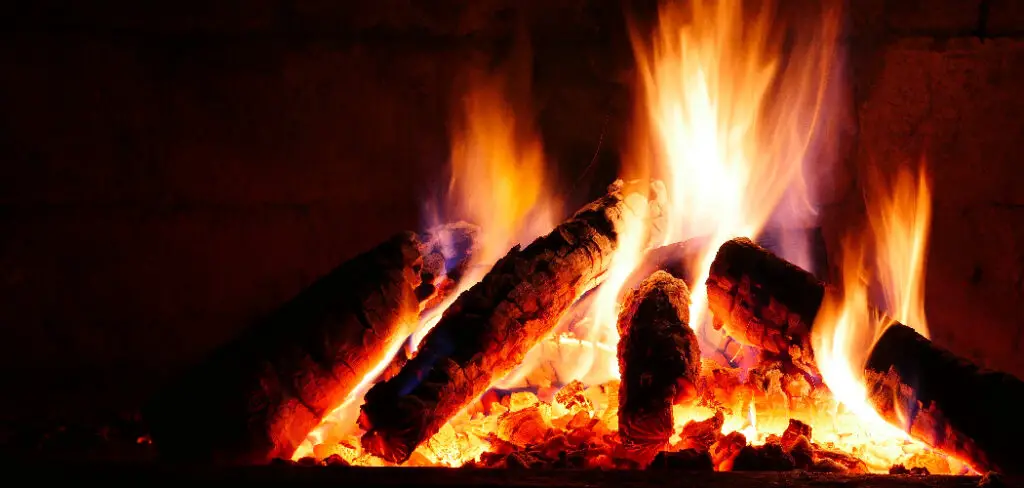
Knowing how to light logs in a fire pit is an important skill that can save you time and keep your guests safe.
Using logs in a fire pit offers many advantages over other fuel types, such as propane or natural gas. Logs provide a more intense and naturally fueled heat that is felt by those standing around the fire and radiates off into the surrounding area.
The flame produced by burning logs is also much larger than those from alternative fuels, which can create a more enjoyable atmosphere for those gathered around the fire pit. You can find step-by-step instructions on how to light logs in fire pit in this blog article.
Step-by-step Instructions for How to Light Logs in Fire Pit
Step 1: Inspect the Fire Pit
Check to ensure the fire pit is safe and ready to use. Look for any signs of damage or cracks in the fire pit’s walls, floor, and lid. Make sure there are no obstructions in the way, such as leaves, twigs, branches, or rocks that could catch on fire. Collect materials, including logs, kindling, and a fire starter (matches, lighter, etc.).
Step 2: Place the Logs in the Fire Pit
Arrange the logs in a stack, alternating between thin and thick pieces. Leave some space between each log to help airflow and start the fire more quickly. Try not to leave too much space, as this will cause the fire to burn inefficiently. Place the kindling around and on top of the logs.
Avoid piling too much kindling as this could smother the fire. Make sure to leave plenty of space between each piece for airflow.
Step 3: Light the Fire Starter
Light the fire starter and carefully place it in the center of the fire pit. Make sure you have a good grip on the fire starter so that it does not accidentally get dropped into the fire. Once the fire starter is lit, gently blow on it to encourage more oxygen to the fire. This will speed up the process of lighting the logs.
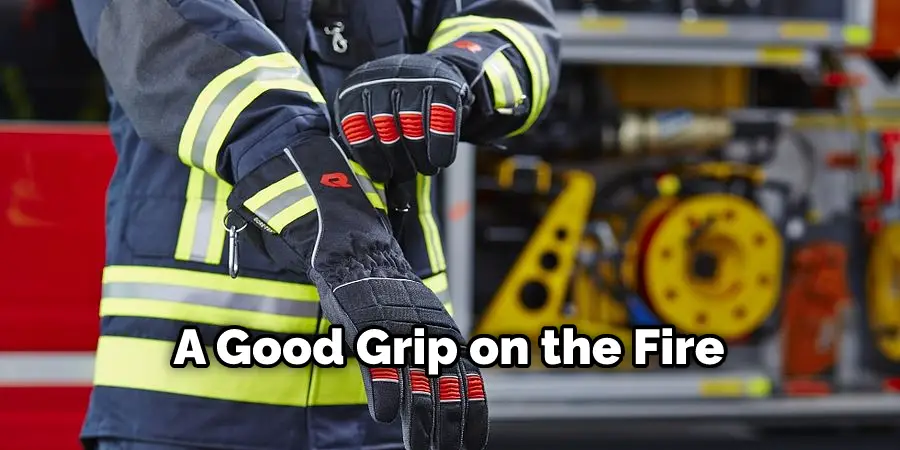
Step 4: Wait for Logs to Catch Fire
As they start to catch fire, ensure you are constantly supervising the fire pit and adjusting the logs as needed. The best way to ensure that all your logs catch fire is by ensuring plenty of airflows. Once the initial logs have caught fire, you can add additional logs if necessary. Make sure to leave enough space between each log for proper air circulation.
Step 5: Adjust the Fire Pit’s Lid as Desired
You can now adjust the fire pit’s lid to help control the intensity of the flames. You may want to leave it off entirely for larger fires or partially open for smaller, more controlled burns. Monitor and maintain your logs in the fire pit throughout the burning process. Make sure to keep adding logs or kindling as needed and adjust the fire pit lid if necessary.
Step 6: Extinguish Fire When Finished
When you are finished using your fire pit, make sure to completely extinguish the fire before leaving it unattended. Use water (not gasoline) to douse the fire, or use a shovel to spread out the burning logs until they are no longer flammable. Once you have done this, your fire pit is now safe to leave unattended.
Follow these steps to light and maintain your log-in fire pit safely. Be sure to keep an eye on the flames at all times and use caution when adding new logs or kindling.
Tips for How to Light Logs in Fire Pit
- Ensure you wear safety gear, including protective eyewear, long pants and sleeves, and non-slip shoes when lighting the logs.
- Make sure that there are no flammable materials around your fire pit before lighting it up. Ensure nearby areas are cleared of plants, leaves, and other debris.
- Have a fire extinguisher nearby in case you need to put out the fire quickly.
- Start by only lighting a few logs at once and gradually adding more if necessary. This will help keep the fire under control and prevent it from getting out of hand.
- Always monitor your fire pit and be sure to extinguish it before you leave it unattended.
- Make sure that all logs used for firewood are dry, as wet wood will create more smoke than necessary and could cause problems.
- Always keep a close eye on children near your fire pit to prevent accidents and ensure that they are not getting too close or putting themselves at risk. Keeping them at least 10 feet away from the flames is recommended for their safety.

Following these tips will help you have a safe and enjoyable experience when lighting your logs in the fire pit.
How Do You Choose the Right Kind of Logs for Your Fire Pit?
When it comes to choosing the right kind of logs for your fire pit, there are a few things you should consider. If you’re looking for a long-lasting burn, hardwoods such as oak, ash, and hickory are your best bet. Hardwood logs also provide excellent heat output and are some of the least likely to spark or pop when burning.
On the other hand, if you’re looking for a quick and hot fire that won’t last long, softwoods such as pine and cedar are a great choice. Softwood logs light easily and burn quickly; however, they can be more prone to sparking and popping, so it is important to be mindful when using softwood logs in your fire pit.
Finally, you should always remember the size of the logs you choose for your fire pit. Ensure the logs fit well inside the fire pit and are not too big or too small for safe burning. No matter what kind of wood you choose, your fire will be more enjoyable if it’s been properly stacked and the right size logs are used.
How Often Should You Add More Logs to the Fire Pit?
Once your logs are lit and burning in the fire pit, it’s important to know how often you should add more logs. How often you need to add fuel depends on a few factors, including the size of the fire and the type of wood being burned. Generally speaking, you should add more logs every 30 minutes or so, as larger logs can take up to 45 minutes to get going.
You may also need to add more wood if the fire is burning low and needs some extra fuel.
Always use caution when adding logs, as too much at once can smother the flame and cause it to die out. As a rule of thumb, always remember that less is more when it comes to adding logs. In addition, make sure you are using small pieces of wood, as larger logs can take longer to catch fire and can be difficult to break apart.
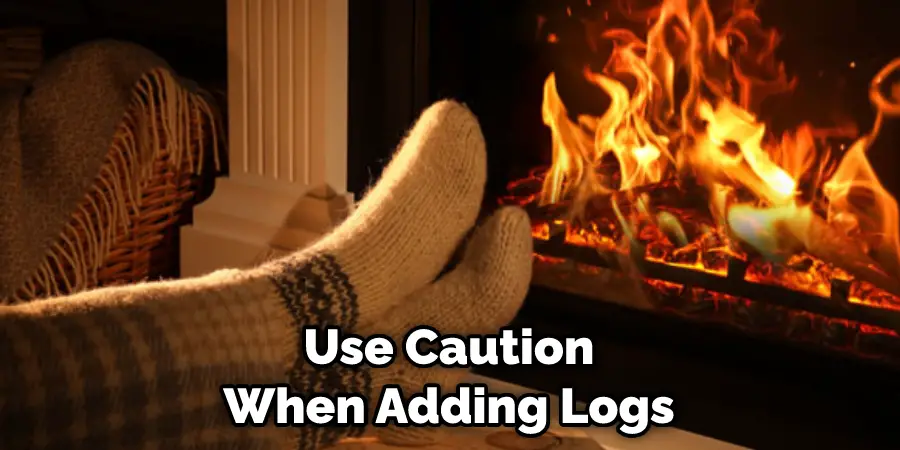
Finally, it’s important to monitor the fire while it is burning and adjust your log supply accordingly. If you notice the flame dying out, add more wood in smaller amounts, so you don’t suffocate the flame. On the other hand, remove some of the logs to bring them back to a manageable size if the fire is getting too big.
How Can You Prevent Smoke and Sparks From Escaping the Boundaries of Your Fire Pit?
- Make sure your fire pit is safe from flammable debris and objects, as well as any buildings or structures if you use an open flame source.
- Use smaller logs for the fire; larger logs can produce more smoke and sparks when combined with a high heat source.
- Place a fire pit cover or spark guard over the fire to keep smoke and sparks from escaping the open flame source.
- Ensure your fire pit is clear of debris, leaves, or other materials that may quickly catch fire.
- Keep an appropriate amount of space between logs; packing them too tight can lead to larger sparks and more smoke.
- Monitor the fire throughout the burning process, adjusting the amount of fuel or moving pieces if needed to maintain a lower temperature with less smoke and fewer sparks.
- Extinguish your fire completely once it has burned down; this will help reduce any additional smoke or sparks that might escape the fire pit.
With some basic safety precautions and good fire management, you can safely enjoy your fire pit without producing large amounts of smoke or sparks that could easily spread beyond its boundaries.
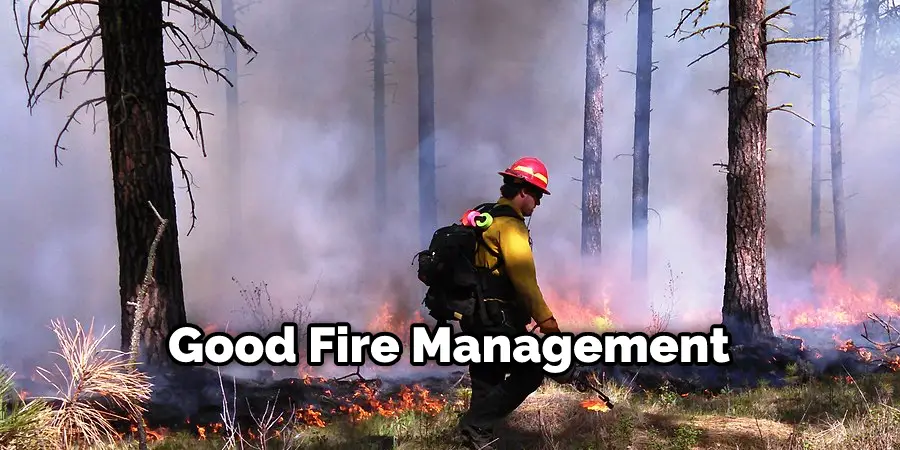
Conclusion
The main disadvantage of using logs to light a fire in a fire pit is the amount of time that it can take for the logs to get lit. This is because depending on how damp the wood is, it will take longer for them to catch and eventually start burning. Additionally, if you don’t use proper lighting techniques or enough kindling, you may find that the logs won’t light at all.
In conclusion, lighting logs in a fire pit requires some special care and attention. It’s important to ensure that the logs are properly placed in the fire pit and that there is enough air circulation to ensure a healthy, long-burning fire. You will also want to use high-quality fuel sources such as hardwood or charcoal for the best results. I hope reading this post has helped you learn how to light logs in fire pit. Make sure the safety precautions are carried out in the order listed.

